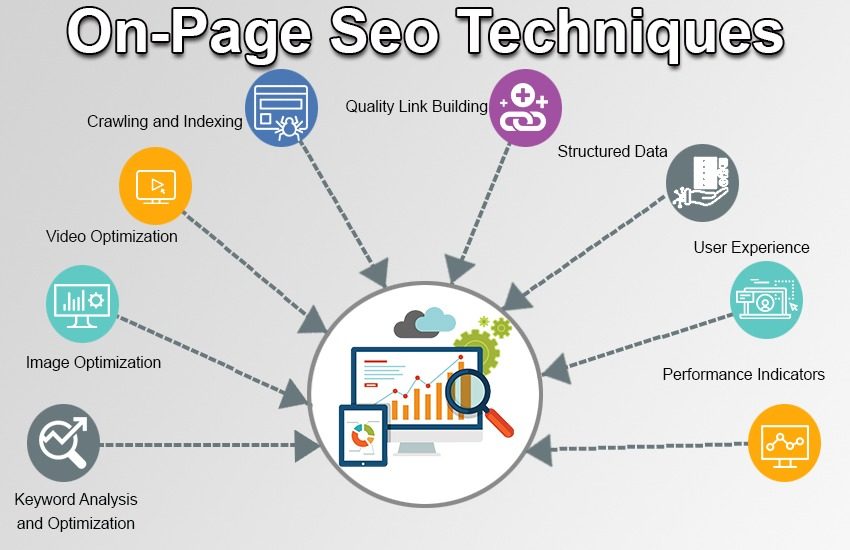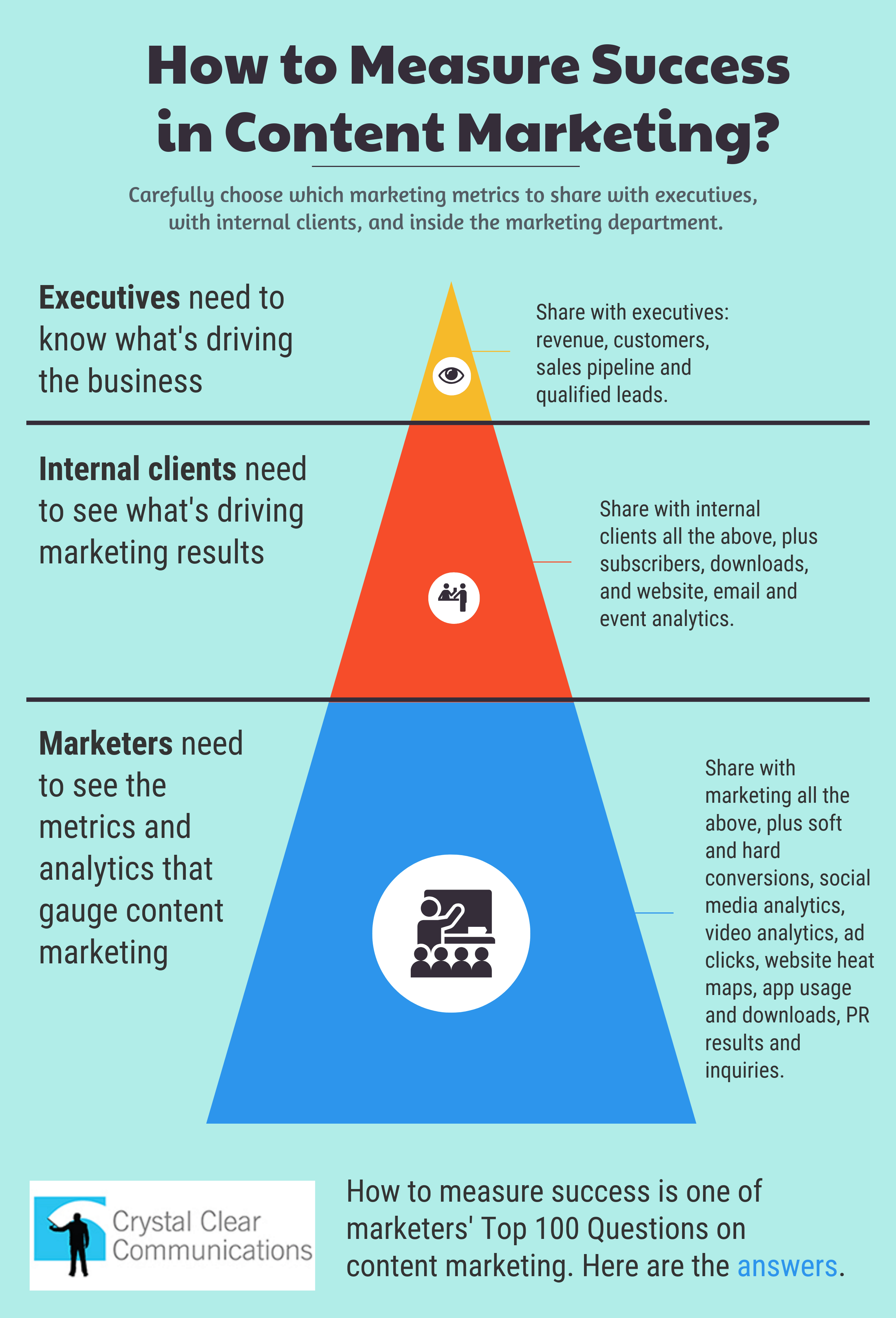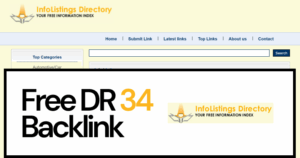SEO content writing is key to driving traffic to your website by appealing to both search engines and readers. It involves using relevant keywords, effective linking techniques, and on-page SEO tactics without sacrificing readability or quality. Understanding your audience’s needs and search intent is crucial for creating valuable content. Use compelling headlines, related keywords, and both internal and external links to boost your search rankings. Regularly update your articles and create content hubs to improve performance. To measure success, keep an eye on metrics like organic traffic and engagement. By following these guidelines, you can create content that ranks well and attracts consistent traffic.
Understanding Search Intent

Credits: quattr.com
There are different types of search intent that users exhibit when they look for information online. These include informational intent, where users seek to learn more about a topic; navigational intent, when they are trying to reach a specific website; transactional intent, where users aim to make a purchase; and commercial investigation, which involves comparisons and research before a buying decision. Recognizing these types helps create content that meets specific needs.
To effectively identify user needs, it’s crucial to analyze the keywords and phrases they use. Understanding whether users are asking questions, looking for instructions, or seeking reviews can offer clues to their intentions. Tools like keyword research and analytics can aid in uncovering these insights, revealing what users are truly searching for and why.
Aligning content with search intent involves tailoring the information to meet the user’s purpose. For informational intent, providing detailed articles or guides is beneficial. For navigational intent, ensuring easy access to specific pages on your website is key. For transactional searches, offering clear product descriptions and easy purchasing options is essential. Meeting the user’s needs directly increases the chances of satisfying their query effectively.
Keyword Research Strategies
Finding primary keywords involves understanding your audience and using tools like Google Keyword Planner, Ahrefs, or SEMrush. These tools help identify the words your audience uses when searching for information related to your niche. By focusing on these primary keywords, you can create content that directly addresses what your audience is looking for.
Using long-tail keywords is another strategy to refine your content. These are more specific phrases that tend to have lower search volumes but higher conversion rates. Long-tail keywords often reflect a user’s intent more accurately, which can help drive targeted traffic to your site. Tools like AnswerThePublic or Moz can assist in discovering these valuable keywords.
Analyzing keyword competition is crucial for understanding which terms are worth targeting. High competition means many sites are vying for the same keywords, making ranking more difficult. Using tools like Ahrefs or SEMrush to assess the competition can guide you in selecting keywords with a better balance of search volume and competition. This approach ensures that your content has a better chance of ranking well.
Writing High-Quality Content
Crafting engaging headlines is critical as it draws readers in and encourages them to click through. A good headline should be clear, concise, and contain relevant keywords. However, it must also spark curiosity and interest. Using numbers, questions, or strong adjectives can make headlines more compelling. Avoid clickbait as it can damage credibility.
Creating structured content helps in making your writing more readable and improves its SEO performance. Use subheadings to break down the text into manageable sections, allowing readers to easily scan through. Paragraphs should be short and to the point. Lists and bullet points can also help convey information efficiently. Additionally, ensure smooth transitions between sections to maintain a logical flow.
Ensuring content originality is vital for SEO. Search engines penalize duplicate content, and readers value unique perspectives. Carry out thorough research and incorporate your own insights and experiences into the text. Plagiarism checkers can be useful tools to ensure the uniqueness of your work. Original content not only ranks better but also builds trust with your audience.
On-Page SEO Techniques

Credits: pnjsharptech.com
Optimizing meta descriptions is crucial for on-page SEO. These brief snippets provide search engine users a snapshot of your page’s content. They should be compelling and include primary keywords to encourage click-through rates. Aim for around 150-160 characters and ensure each meta description is unique to avoid duplications.
Using header tags effectively can greatly improve the readability and SEO of your content. Headers (H1, H2, H3, etc.) organize content hierarchically, making it easier for search engines to understand the structure and key points of your page. The H1 should be reserved for the main title, with subsequent headers used to break down sections and sub-sections logically while naturally incorporating keywords.
Incorporating internal links within your content helps distribute page authority and keeps users engaged longer. Linking to relevant internal pages improves the user experience by providing additional resources and context. It also assists search engines in crawling your site more effectively, potentially boosting your pages’ rankings.
| Technique | Description |
|---|---|
| Optimizing Meta Descriptions | Crafting brief summaries that represent the content and entice clicks from search engine results. |
| Using Header Tags Effectively | Structured use of H1, H2, H3, etc., to organize content and signal importance to search engines. |
| Incorporating Internal Links | Integrating links to other pages on your site to improve navigation and distribute link equity. |
Using External Links Wisely
Citing authoritative sources helps build trust with your readers and boosts the credibility of your content. When linking to external sites, choose reputable sources that are well-regarded in your industry or topic area. This can improve the overall quality of your content and contribute positively to your site’s SEO.
Balancing do-follow and no-follow links is important for maintaining a healthy link profile. Do-follow links pass on link equity, which can enhance SEO rankings, while no-follow links do not pass on this equity but still provide value, such as guiding users to additional resources. Strive for a mix of both to create a natural link portfolio.
Avoiding broken links is crucial for user experience and SEO. Regularly check your content to ensure that all external links remain functional. Broken links can frustrate visitors and lead to higher bounce rates. Tools like link checkers can help identify and fix broken links promptly, maintaining the integrity of your content.
Creating Content Hubs
Organizing content into clusters is essential for improving SEO. This approach involves grouping related articles under a core topic, making it easier for search engines to understand your site’s structure and relevance. By creating a primary piece of content that serves as the ‘hub’ and surrounding it with ‘spoke’ articles, you enhance your site’s authority on that subject.
Interlinking related articles within your content clusters helps distribute link equity and improves user experience. By connecting relevant posts, you guide readers through a logical flow of information, increasing engagement and time spent on site. Additionally, search engines consider this network of links a strong signal that these articles collectively cover a comprehensive topic area.
Updating content regularly is crucial for maintaining the relevance and accuracy of your content hubs. Fresh content signals to search engines that the information is current, which can positively affect your rankings. Regular updates also provide opportunities to add new links, incorporate emerging keywords, and refine existing information to better serve your audience’s needs.
Measuring Content Success

Credits: crystalclearcomms.com
Tracking organic traffic is crucial to measure the success of SEO content writing. Utilizing tools like Google Analytics helps you understand how many visitors your content attracts from search engines. Examine trends over time to see if your traffic is increasing, remaining stable, or declining. Identify which pieces of content are driving the most visitors to refine your content strategy effectively.
Analyzing user engagement provides insight into the quality and relevance of your content. Metrics such as average session duration, pages per session, and bounce rate indicate how well users interact with your content. High engagement rates suggest that visitors find your content valuable, while low engagement may signal the need for improvements in relevancy, readability, or structure.
Monitoring conversions is vital to understand how well your content drives desired actions, whether it’s filling out a form, making a purchase, or signing up for newsletters. Use goal tracking in analytics tools to measure the conversion rates of your content. Analyzing these rates helps determine the effectiveness of your calls to action and overall content strategy in achieving business objectives.
- Different Types of Search Intent
- Identifying User Needs
- Aligning Content with Search Intent
- Tracking Organic Traffic
- Analyzing User Engagement
- Monitoring Conversions
- Updating Content Regularly
Writing Compelling Titles
Using power words can greatly enhance the impact of your titles. Words like ‘ultimate’, ‘essential’, or ‘proven’ can evoke emotions and attract more clicks. These words can make your content appear more valuable and intriguing to potential readers.
Keeping titles concise is crucial. A title that’s too long can be off-putting and may get truncated in search engine results, making it less effective. Aim for clarity and brevity, ensuring the main message is conveyed in a straightforward manner.
Incorporating relevant keywords is vital for optimizing your content for search engines. Place the primary keyword near the beginning of the title to help search engines understand the main topic of your content. This can improve visibility and ranking in search results.
Crafting Effective Meta Descriptions
Meta descriptions summarize the content on your page, giving users a quick idea of what they will find. They should clearly explain the value of the content to attract clicks. Avoid generic phrases and focus on what makes your content unique and useful.
Using clear and straightforward language is key. Your meta description should be concise but informative, ensuring it gets the point across quickly. This helps improve readability and ensures that users immediately understand what your page offers.
Including a call-to-action in your meta description can increase click-through rates. Phrases like ‘Learn more,’ ‘Discover,’ or ‘Get started’ prompt users to take the next step. A well-placed call-to-action guides users towards engaging with your content more deeply.
Frequently Asked Questions
1. What does SEO content writing mean?
SEO content writing means creating content that helps your site rank higher on search engines. It involves using specific keywords and writing in a way that search engines understand and like.
2. Why are keywords important for SEO content writing?
Keywords are important because they help search engines understand what your content is about. When you use the right keywords, your content is more likely to show up when people search for related topics.
3. How can I find the best keywords for my content?
You can find the best keywords by using tools like Google Keyword Planner or SEMrush. These tools show you what people are searching for and how often, so you can choose the most relevant keywords for your content.
4. What are some tips for writing SEO-friendly content?
Write clear and useful content that answers questions or solves problems. Use your chosen keywords naturally, and make sure your content is easy to read with headings, short paragraphs, and bullet points.
5. How often should I update my SEO content?
It’s good to update your SEO content regularly, maybe every few months. This helps keep your information current and can improve your search rankings as search engines prefer fresh content.
TL;DR Understanding search intent involves identifying user needs and aligning content with their queries. Effective keyword research includes finding primary and long-tail keywords, as well as analyzing competition. High-quality content should have engaging headlines, structured formats, and original text. On-page SEO involves optimizing meta descriptions, proper use of header tags, and internal links. External links should cite authoritative sources, balance do-follow and no-follow attributes, and avoid broken links. Content hubs organize articles into clusters with frequent updates. Success is measured by tracking organic traffic, user engagement, and conversions. Effective titles use power words, remain concise, and include keywords. Meta descriptions summarize content value in clear language and often include a call-to-action.




